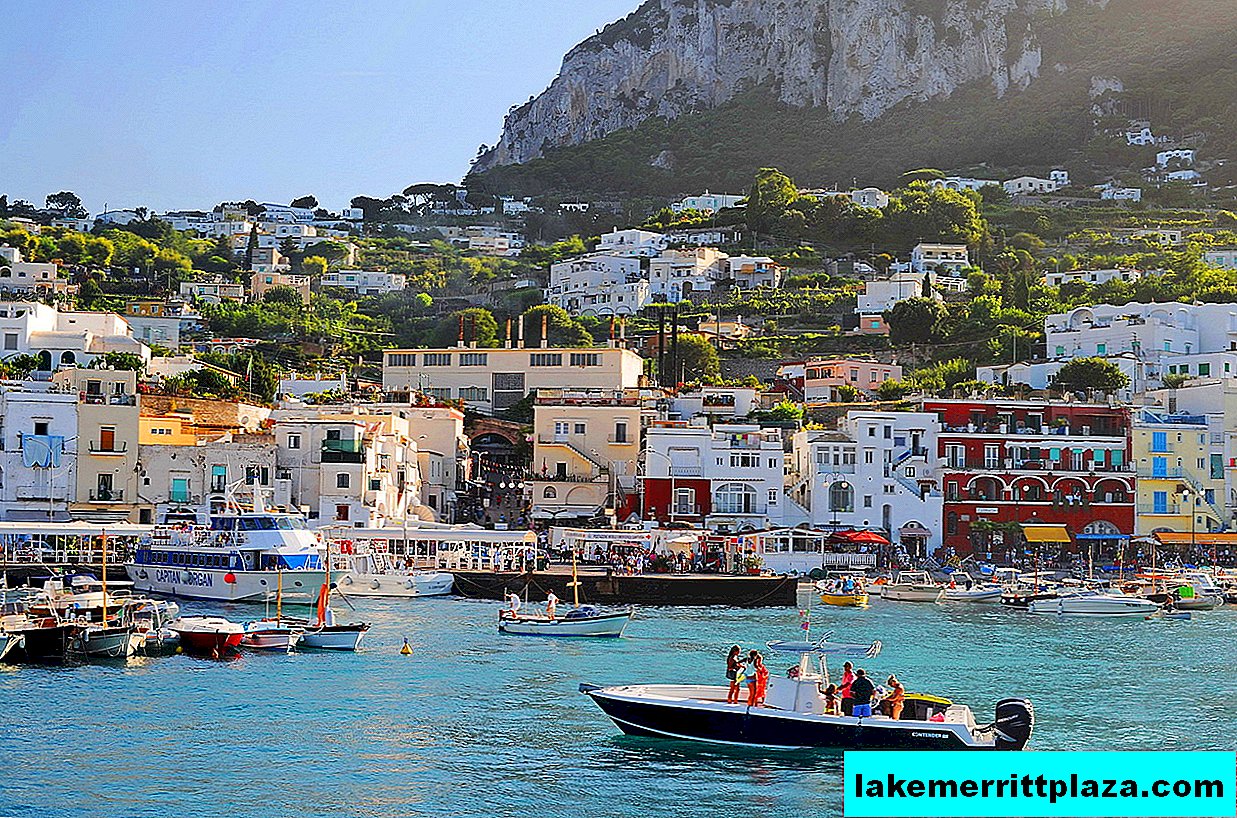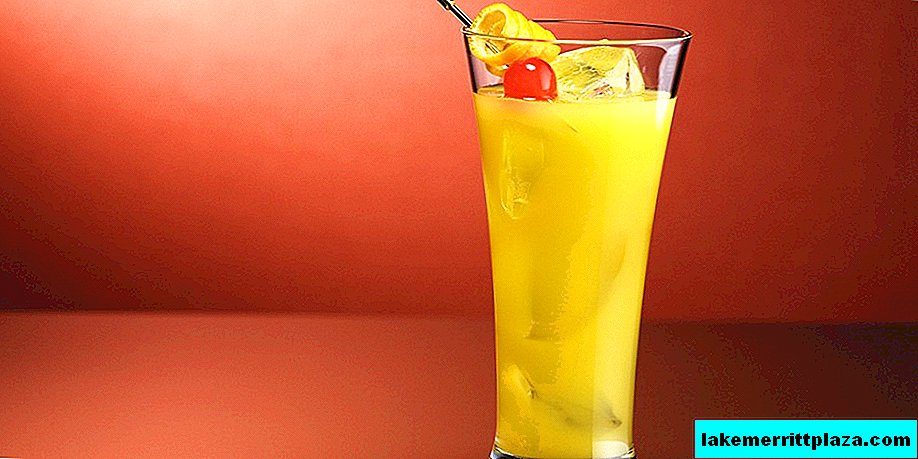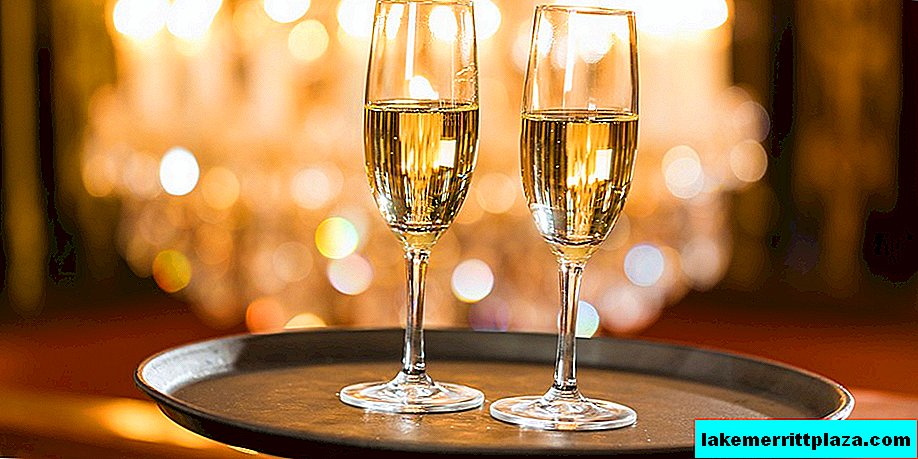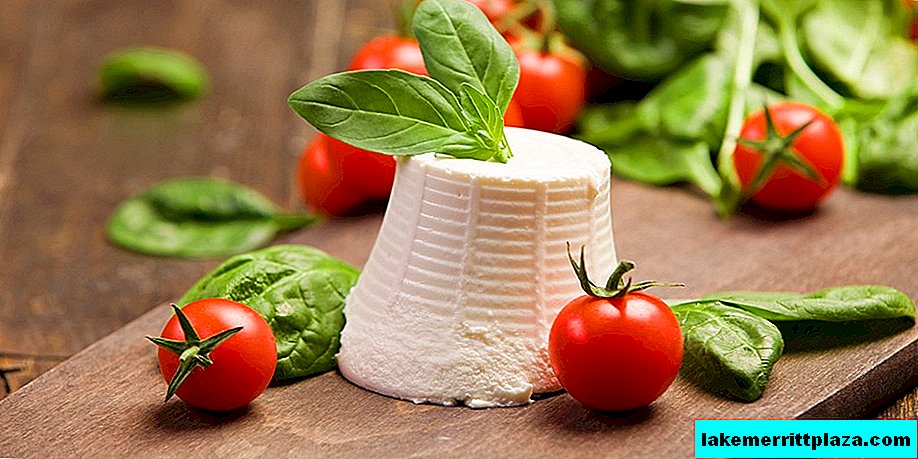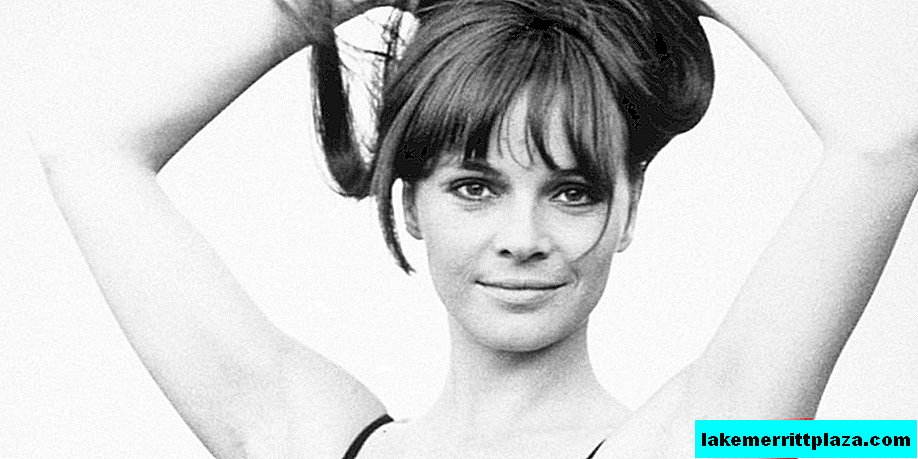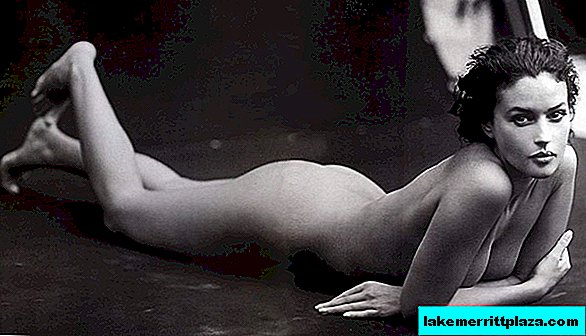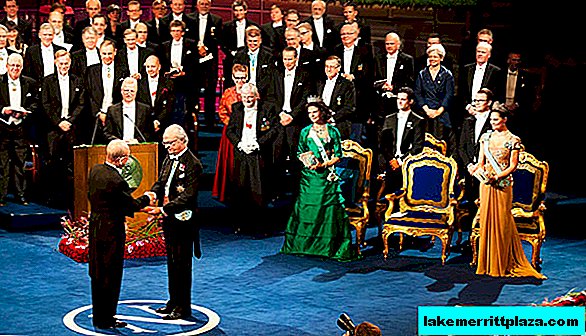The beautiful halls of the New Palace are decorated with ancient statues, busts of emperors, poets, philosophers and orators of antiquity. In the courtyard is the Marforio fountain with a "talking statue." In the Hall of Gladiators, see the famous sculpture Dying Gall! I recommend not to miss this museum. Have fun!

Palazzo Nuovo - Palace Museum on Capitoline Square
On the Capitol Square in Rome there are two symmetrically located palaces: the Palazzo Conservatory and its "mirror reflection" - the Palazzo Nuovo. The buildings look like twins: facades, open galleries, powerful Corinthian pilasters of the upper floors.
Palace History
The new palace (Palazzo Nuovo - Palazzo Nuovo) was built in 1571-1654. The building was originally intended for the first public museum in history. The palazzo project was created by Michelangelo Buonarroti. After the death of a brilliant architect, his plan was implemented by Giacomo Della Porta, Carlo and Girolamo Rainaldi.
At first, by the will of Pope Pius V, who did not accept manifestations of paganism, the building served exclusively for the storage of ancient sculptures. The Palazzo Nuovo became a public museum since 1734 under Clement XII.
What we will see in the New Palace
The Lapidaria Underground Gallery leads from the Conservative Palace to the New Palace. 130 inscriptions on the sides tell about private and public life in ancient Rome. From Lapidarium you can turn into the tabularium - the state archive.
Open corridor

Open corridor of the portico, photo damian entwistle
On the ground floor of the open corridor along the long wall of the portico there are large niches with statues, including the figure of Minerva in a tunic (V century BC).
Marforio Fountain

Marforio, BetaFi photo
In the courtyard of the palazzo there is a fountain with a statue of the river god or the Ocean - Marforio, which is called the "talking statue". Citizens of Rome near her could express their dissatisfaction with the power of epigrams, poems, or prose. Previously, this sculpture of the 1st century A.D. stood at Piazza San Marco. It was transferred to the courtyard of the Capitoline Museum in 1594.
Ground floor rooms
There are 3 halls on the ground floor: with an ancient Egyptian collection; the hall of tombstones and sarcophagi with the sarcophagus of Amendola (II century); Hall with an exposition dedicated to the cults and rites of the East.
Gallery

Gallery, photo Lewis Day
Climbing the stairs, you can go through the Gallery, which is decorated with sculptures of different eras. Many are Roman replicas of Greek masterpieces. Note the statue of Hercules killing the Lernean Hydra; Eros pulling his bow; Diskobol (after restoration he became a wounded warrior).
Cabinet of Venus

Cabinet of Venus, photo winninator
In the "Cabinet of Venus" is one of the most beautiful images of the goddess - Venus Capitoline (II century., Created on the model of Greek Aphrodite IV century. BC). A naked virgin comes out of the font, covering her body with her hands. The sculpture was donated to the museum by Pope Benedict XIV. For a long time the statue was kept walled up in a hiding place - it was hidden from Christians so that Venus would not be destroyed, like a pagan goddess. The ancient Roman masterpiece saw the light only in the XVIII century, preserved intact.
Hall of Pigeons

Hall of Doves, photo Spiros I.
In the center of the Hall of Pigeons is a small sculpture of a Girl with pigeons (a copy from the Greek original of the 3rd-2nd centuries BC), and there are a large number of busts around. Two magnificent stone mosaics adorn the hall - this is Mosaic with pigeons and Mosaic with stage masks. There is also a children's sarcophagus and the Trajan plate.
Hall of Emperors

Hall of the Emperors, photo by Rebecca Bugge
65 busts of Roman emperors, empresses and other important persons are exhibited in chronological order on marble shelves in the Hall of Emperors.
Hall of Philosophers

Philosopher Hall, photo by Jason M Kelly
Portraits of Greek and Roman thinkers and writers are also exhibited in chronological order. Among the personalities, Homer, Euripides, Socrates, Lysias, Cicero and Pythagoras are especially famous.
Faun Hall

Faun Hall, photo Spiros I
In the hall of Faun, a figure of an ancient national deity is installed. The fauna of pink marble is depicted dancing with a bunch of grapes. Here you can see the rarest historical document - a bronze plate with the text of the law issued by the Senate, which empowers the emperor Vespasian.
Galatian Hall

Dying Gall, photo by Agnieszka Eile
In the Hall of Galatiana, one of the main masterpieces of the Dying Gall Museum is presented (a Roman marble copy of the sculpture dedicated to the victory of Attal I of Pergamum over the Galatians in the 3rd and 2nd centuries BC). This work is considered an unsurpassed dramatic example of ancient art.
Salon

Salon, photo R4all
One of the most grandiose rooms of the Palazzo Nuovo is considered to be the Salon (Main Hall) with a beautiful coffered ceiling (XVI century) and a sculptural group of black marble, including two centaurs from the Villa Adrian, mounted on an elevated center.
Read about the sights of Rome in my guide here.
Museums Opening Hours
Open daily from 09:00 to 19:30
December 24 and 31 from 9:30 to 14:00.
January 1, May 1, December 25 - closed.
Tickets
Complex ticket - € 15.00 (New Palace, palaces of Senators, Conservatives, Cafarelli-Clementino and Tabularia);
preferential - € 13.00.
How to get there
Capitoline Museums are within walking distance of the Colosseum, the Roman Forum and Venice Square.
You can take metro line B to Colosseo Station;
by bus: 30, 51, 81, 83, 85, 87, 118, 160, 170, 628, 810 - to Ara Coeli-Piazza Venezia;
by tram 8 to the final stop of Venezia.
How do I save on hotels?
Everything is very simple - look not only at the booking. I prefer the search engine RoomGuru. He is looking for discounts at the same time on Booking and on 70 other booking sites.

